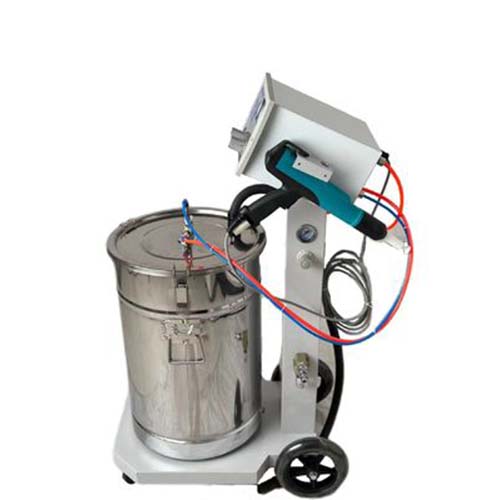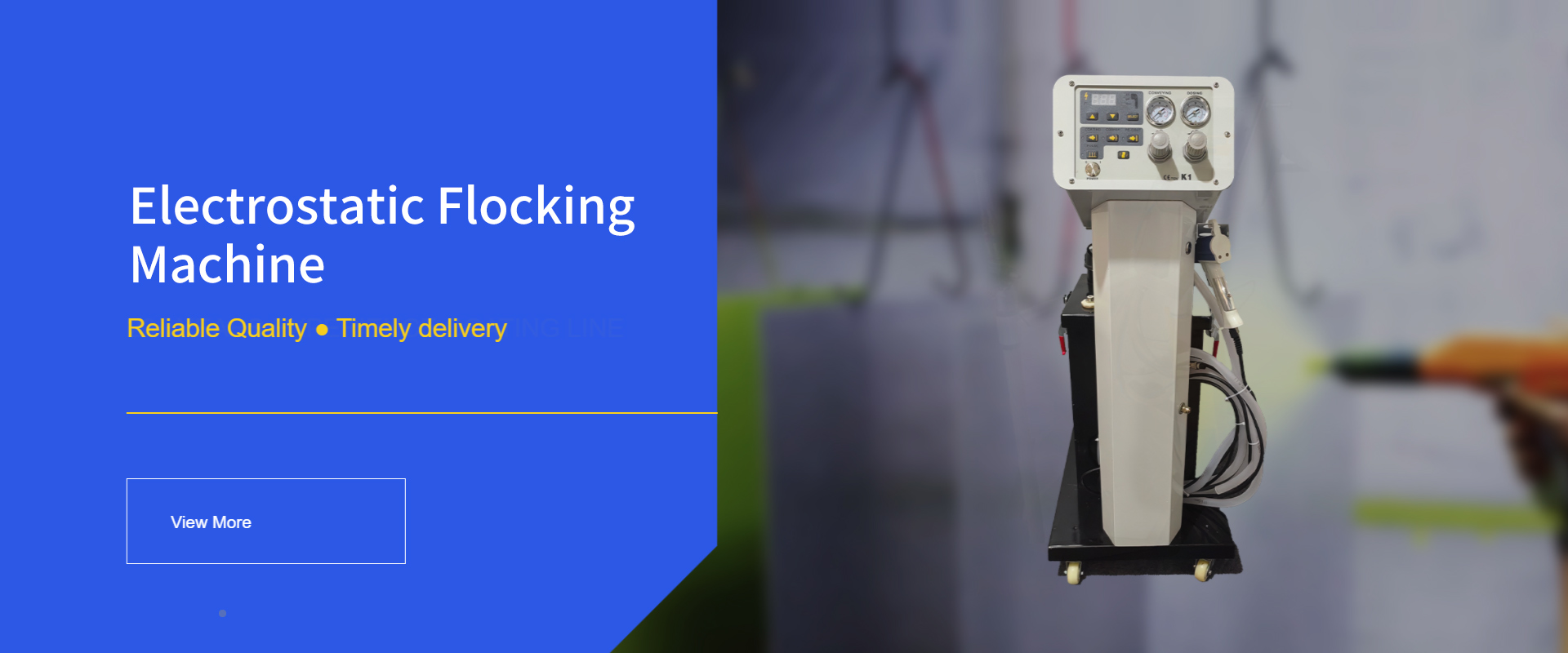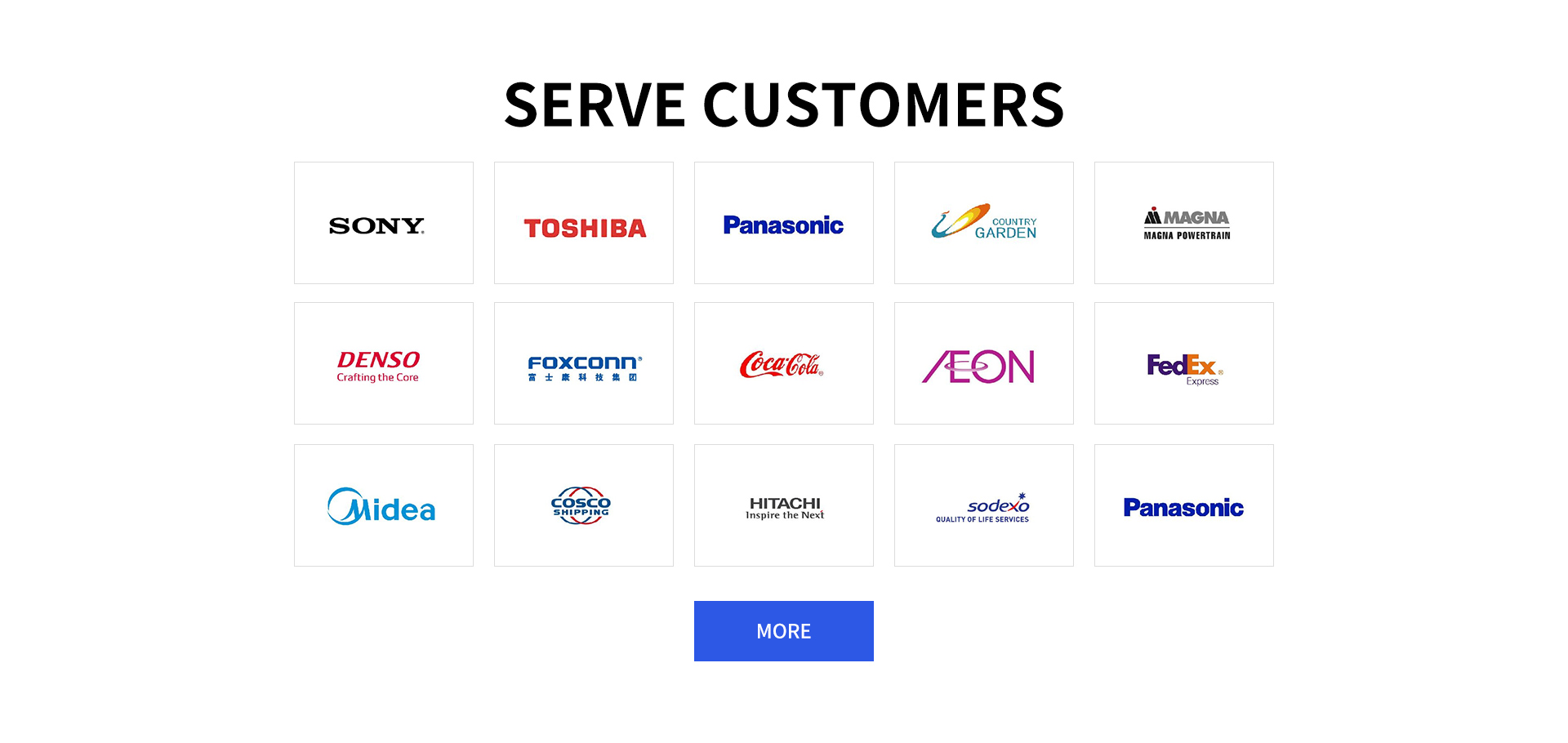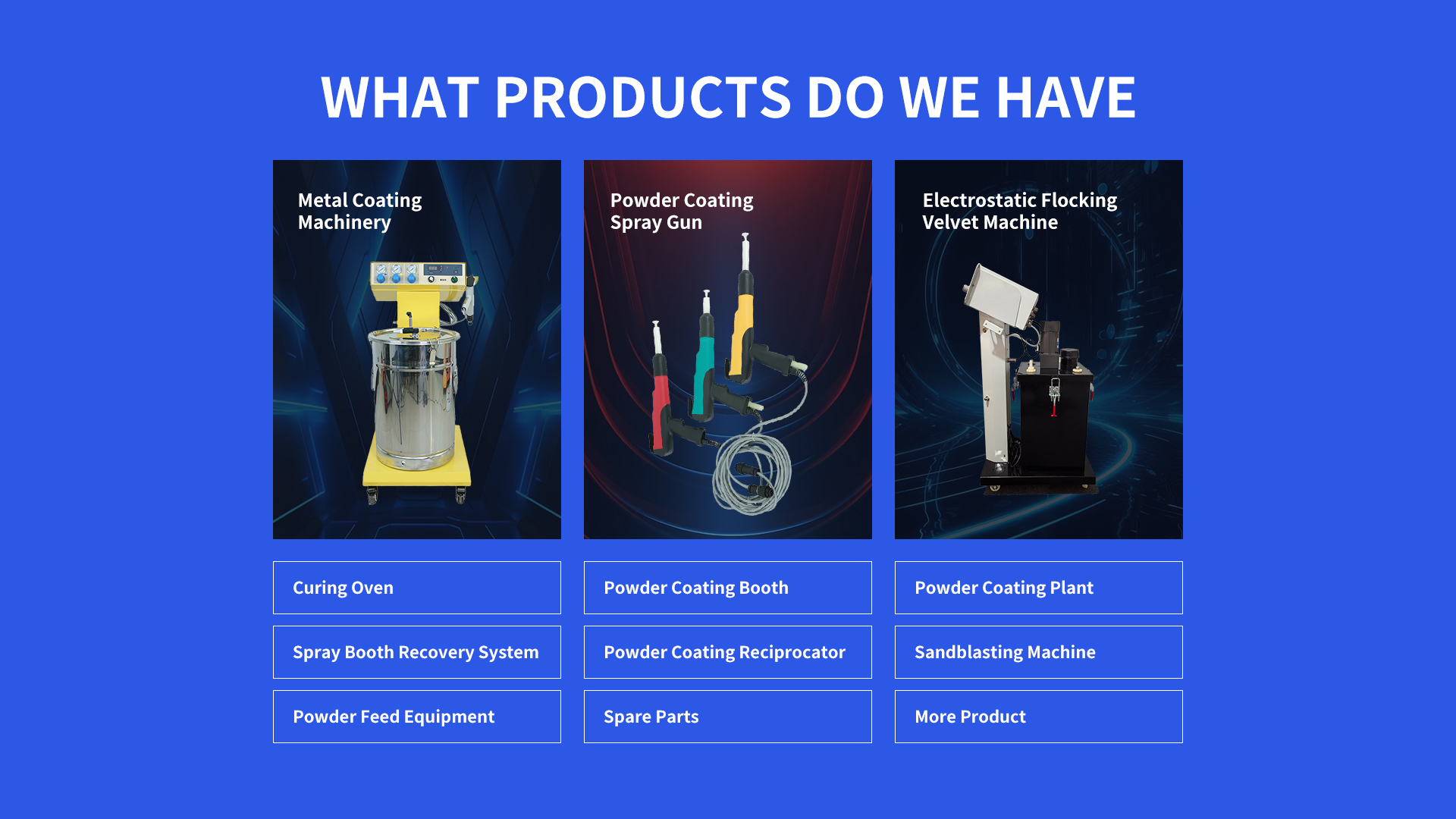Automatic Spraying Reciprocating Equipment: Essential Insights for Buyers
Automatic Spraying Reciprocating Equipment meets rising demand in manufacturing. It’s used in woodworking for cabinet painting, metal fabrication for tool coating, and electronics for component finishing. Prices range: basic models start at (8,000, while industrial systems with advanced controls hit )300,000, suiting small workshops to large factories.

Automatic Spraying Reciprocating Equipment: Coating Project Introduction
Automatic Spraying Reciprocating Equipment handles various coating tasks. Wood workshops use it to apply varnish on cabinet doors, ensuring smooth, streak-free finishes. Metal plants rely on it to paint toolboxes, creating durable layers that resist rust. Electronics factories employ it for coating circuit boards, adding protective films without damaging sensitive parts.
Automatic Spraying Reciprocating Equipment: Surface Treatment Process Technology
Automatic Spraying Reciprocating Equipment uses precise surface treatment methods. Sandblasting is common for metal surfaces, removing rust and creating texture to improve paint adhesion. For wood, UV curing pre-treatment dries moisture, preventing paint bubbling. These steps ensure coatings bond tightly, extending product lifespan.
Automatic Spraying Reciprocating Equipment: What Is It
Automatic Spraying Reciprocating Equipment is a machine with a moving arm that sprays paint back and forth over workpieces. It operates via programmed paths, ensuring consistent coverage on flat or curved surfaces. Designed for efficiency, it reduces manual work, making it ideal for batch production in industries like furniture and automotive parts.
Automatic Spraying Reciprocating Equipment: Component Breakdown
Reciprocating Arm: The moving part that holds spray nozzles. It moves horizontally or vertically, controlled by motors to follow set paths. Adjustable speed lets it adapt to different workpiece sizes and paint types.
Spray Gun Assembly: Contains nozzles that release paint. It regulates paint flow and pressure, with interchangeable tips for varying spray patterns—narrow for detailed areas, wide for large surfaces.
Control Panel: Manages operation settings. Users input spray paths, speed, and paint amounts. It stores programs for repeat jobs, ensuring consistency across batches and simplifying setup for new tasks.
Automatic Spraying Reciprocating Equipment: Advantages
Automatic Spraying Reciprocating Equipment offers key benefits. Its reciprocating motion ensures even paint distribution, cutting rework. It works faster than manual spraying, boosting daily output. It reduces paint waste by targeting specific areas, lowering material costs. Its programmable nature allows quick switches between jobs, enhancing production flexibility.
Automatic Spraying Reciprocating Equipment: Q&A
How to Select the Right Automatic Spraying Reciprocating Equipment for Your Production Line
Check the arm’s maximum travel distance to match workpiece size—longer arms suit large items like doors, shorter ones for small parts. Evaluate spray gun compatibility with your paint type; some guns work better with thick enamels, others with thin lacquers. Test the control panel’s ease of use—intuitive interfaces reduce training time for operators.
How to Set Up Automatic Spraying Reciprocating Equipment for First Use
Position the equipment on a level surface to prevent arm movement errors. Calibrate the reciprocating arm’s path using the control panel, testing with a dummy workpiece to ensure alignment. Adjust spray pressure based on paint viscosity—thicker paints need higher pressure. Prime the system by running solvent through the gun to clear air bubbles before loading paint.
How to Maintain Automatic Spraying Reciprocating Equipment for Longevity
Clean spray nozzles daily with solvent to avoid clogs that disrupt spray patterns. Lubricate the reciprocating arm’s moving parts weekly to reduce friction and wear. Inspect hoses monthly for cracks, replacing them to prevent leaks. Back up control panel programs regularly to avoid losing custom settings after power failures.
How to Troubleshoot Uneven Coating with Automatic Spraying Reciprocating Equipment
Check if the reciprocating arm speed matches paint flow—too fast may cause thin spots, too slow leads to drips. Inspect nozzles for wear; damaged tips create irregular sprays. Verify workpiece positioning—misalignment can leave uncoated areas. Adjust air pressure if using air-assisted guns; inconsistent pressure affects paint distribution.
How to Ensure Operator Safety with Automatic Spraying Reciprocating Equipment
Install guards around the reciprocating arm to prevent contact during operation. Require operators to wear goggles and respirators to shield from paint mist. Set up emergency stop buttons at reachable points, testing them monthly. Ventilate the workspace to disperse fumes, using exhaust fans near the spray area. Train staff to shut down the system before cleaning or maintenance.
Statement: Hangzhou Huaxiang Coating Equipment Co., Ltd Chinese Powder Coating Equipment facturers provide you with customized equipment for various types of Powder Coating Lines, Powder Coating Ovens, Powder Coating Booths,Powder Coating Guns, etc. For inquiries! Contact us at
Email: gezx@cncolourspray.com
WhatsApp: +86 13335812068












